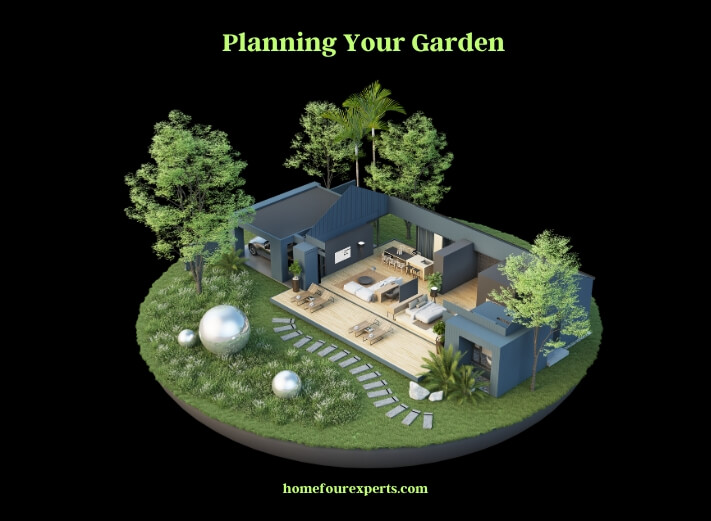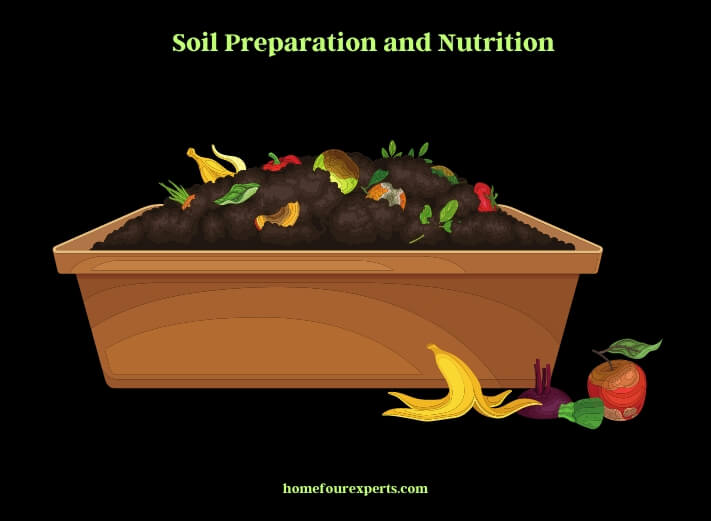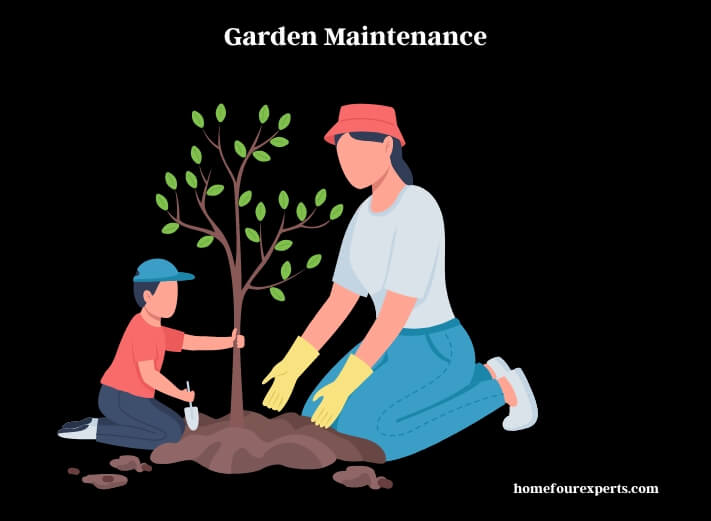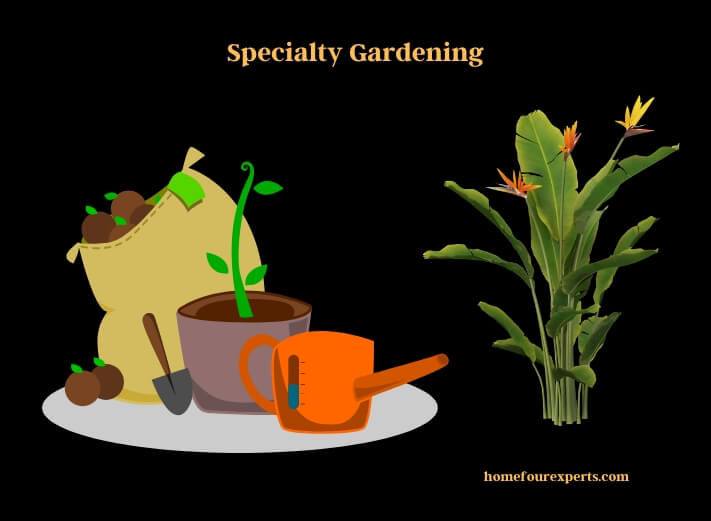Gardening is a wonderful and fulfilling hobby that brings joy to people around the world. It offers numerous benefits, such as improving physical and mental health, providing fresh produce, and beautifying our living spaces. This guide will explore the world of gardening, offering tips and techniques for gardeners of all levels.

Gardening can have a significant positive impact on the environment. By cultivating our own food, we reduce carbon emissions from transportation and support local biodiversity. Sustainable gardening practices, such as composting and using organic fertilizers, contribute to a healthier planet.
Gardening offers numerous health benefits. It is a form of exercise that improves strength and flexibility, reduces stress, and enhances mental well-being. Spending time in nature has been shown to promote relaxation and boost mood, making gardening an excellent way to maintain overall wellness.
Planning Your Garden
Choosing a Location: Sun, Soil, and Space
The location of your garden is crucial to its success. Consider factors such as sunlight exposure, soil quality, and available space when selecting a spot. Most vegetables and flowers require at least 6 hours of direct sunlight, while some plants prefer partial shade. Test your soil for nutrient content and drainage to ensure optimal plant growth.
Garden Types: Raised Beds, Containers, and Traditional Plots

There are several types of gardens to choose from, including raised beds, containers, and traditional plots. Raised beds offer better drainage and are easier on the back, while container gardening is ideal for those with limited space. Traditional plots are a classic choice for larger gardens.
Designing Your Garden: Aesthetics and Functionality
When designing your garden, consider both aesthetics and functionality. Arrange plants according to their height, color, and growth patterns to create a visually appealing space. Incorporate pathways, seating areas, and other functional elements to make your garden enjoyable and easy to navigate.
Soil Preparation and Nutrition
Testing and Amending Your Soil
Soil testing is essential for understanding its nutrient content and pH levels. Once you know your soil’s composition, amend it with organic matter, such as compost, to improve its structure and fertility.
Composting for a Healthy Garden
Composting is an eco-friendly way to recycle organic waste and create nutrient-rich soil. By adding compost to your garden, you’ll encourage healthy plant growth and reduce the need for chemical fertilizers.

Organic vs. Chemical Fertilizers: Pros and Cons
Organic fertilizers, such as compost and aged manure, release nutrients slowly and improve soil structure. Chemical fertilizers provide a quick nutrient boost but can cause long-term soil damage and environmental harm. Consider the pros and cons of each when selecting a fertilizer for your garden.
Plant Selection and Propagation
Choosing the Right Plants for Your Climate
Select plants that are well-suited to your region’s climate and growing conditions. Consult local gardening resources and plant hardiness zone maps to determine the best choices for your area.
Heirloom vs. Hybrid Varieties
Heirloom plants are open-pollinated varieties passed down through generations, known for their unique flavors and characteristics. Hybrid plants are bred for specific traits, such as disease resistance and high yields. Both have their advantages, and choosing between them depends on your gardening goals.
Seed Starting and Transplanting Tips
Starting seeds indoors allows you to get a head start on the growing season and have greater control over germination conditions. When transplanting seedlings outdoors, gradually acclimate them to the new environment to avoid shock. Choose the appropriate time for transplanting based on your region’s last frost date and the specific plant’s requirements.
Garden Maintenance
Watering Your Garden: Techniques and Conservation
Proper watering is essential for a thriving garden. Water deeply and infrequently to encourage strong root development. Use techniques such as drip irrigation and rainwater collection to conserve water and reduce waste. Here is a good video for thriving garden, you can see this:
Mulching: Benefits and Best Practices
Mulching helps retain soil moisture, suppress weeds, and regulate soil temperature. Organic mulches, such as straw, wood chips, and leaves, also add nutrients to the soil as they decompose. Apply a 2-3 inch layer of mulch around your plants, keeping it away from plant stems to prevent rot.

Pruning and Training Plants for Maximum Yield
Pruning and training plants can improve their health, increase yields, and enhance their appearance. Remove dead or diseased branches, thin out crowded growth, and shape plants according to their natural form. For climbing plants, such as tomatoes and cucumbers, provide support structures like stakes or trellises.
Pest and Disease Management
Integrated Pest Management (IPM) Strategies
IPM is an environmentally friendly approach to pest control that combines cultural, mechanical, biological, and chemical methods. Monitor your garden regularly for pests and diseases, and implement preventive measures, such as crop rotation and planting pest-resistant varieties.
Beneficial Insects and Pollinators
Encourage beneficial insects and pollinators, such as ladybugs, bees, and butterflies, by planting a diverse range of flowering plants and providing habitat features like nesting boxes and water sources.
Organic and Chemical Control Methods
When pests or diseases do occur, opt for organic or chemical control methods that target the specific problem. Use chemical pesticides sparingly and as a last resort, since they can harm beneficial organisms and the environment.
Harvesting and Storing Your Bounty
When and How to Harvest Your Crops
Harvesting at the right time ensures the best flavor and nutritional content. Familiarize yourself with the optimal harvest times for each plant and use appropriate tools, such as pruning shears or garden scissors, to avoid damage.
Preserving Your Harvest: Canning, Freezing, and Drying
Preserve your garden’s bounty through canning, freezing, or drying techniques to enjoy your produce year-round. Each method has its advantages and is suitable for different types of fruits and vegetables.
Seed Saving for Future Seasons
Saving seeds from your garden allows you to continue growing your favorite varieties and preserve heirloom plants. Properly store seeds in a cool, dry place to ensure their viability for future planting.
Specialty Gardening
Edible Landscaping: Combining Beauty and Function
Edible landscaping combines ornamental and edible plants to create beautiful and functional garden spaces. Incorporate fruit trees, berry bushes, and edible flowers into your landscape for a unique and delicious garden experience.
Vertical Gardening: Making the Most of Limited Space
Vertical gardening is an innovative approach to growing plants in small spaces or urban environments. Use trellises, wall-mounted planters, or hanging baskets to maximize your garden’s potential.

Therapeutic and Sensory Gardens
Therapeutic and sensory gardens are designed to promote well-being and stimulate the senses. Incorporate plants with varying textures, colors, and scents, as well as water features and interactive elements, to create a calming and engaging outdoor space.
Community and Educational Gardening
Building a Garden Community: Allotments, Co-ops, and Shared Spaces
Community gardens offer shared spaces for people to grow food, flowers, and friendships. Allotments, co-ops, and other forms of shared gardens foster social connections, promote local food systems, and provide educational opportunities.
Teaching Gardening to Children and Teens
Gardening can be a valuable learning experience for children and teens, teaching them about plant biology, ecology, and nutrition. Encourage young gardeners by providing age-appropriate tasks and fostering a sense of ownership over their garden space.
Supporting Local Food Systems and Charitable Organizations
By growing and sharing garden produce, we can support local food systems and contribute to food security. Donate surplus harvests to food banks, community kitchens, or other charitable organizations to help those in need.
Conclusion
The Lifelong Journey of Gardening
Gardening is a lifelong journey that offers endless opportunities for learning, growth, and personal fulfillment. Embrace the challenges and rewards of gardening as you cultivate your green oasis and contribute to a healthier planet.
Growing a Greener Future Together
By embracing sustainable gardening practices and supporting local food systems, we can collectively create a greener future for ourselves and future generations. Let’s continue to share our knowledge, experiences, and passion for gardening as we work towards this goal.
Frequently Asked Questions
How do I start a garden if I have no experience?
Begin by researching your region’s climate and growing conditions, and select appropriate plants for your area. Start small and expand your garden as you gain confidence and experience.
What plants are best for beginners?
Some beginner-friendly plants include lettuce, radishes, tomatoes, zucchini, and sunflowers. These plants are generally easy to grow and offer quick rewards.
How much time should I expect to spend on garden maintenance?
The time spent on garden maintenance depends on the size and complexity of your garden. On average, expect to spend a few hours per week watering, weeding, and tending to your plants.
Can I grow a garden in a small space or without a yard?
Yes, container gardening and vertical gardening techniques are ideal for growing plants in small spaces or without a yard.
What resources are available to help me learn more about gardening?
Local gardening clubs, extension services, and online resources, such as blogs and forums, can provide valuable information and support for gardeners of all levels.
Read more:
- 13 Most Essential Gardening Tools Make Job Easier
- Building a Budget-friendly Eco-home
- The Benefits of a Custom Metal Garden Gate
- The Benefits of Growing a Vegetable Garden
- Garden Scooters: Definition, Necessary Features & Selections
- Best Garden Tool Racks (Choosing Tips & Recommendations)
About This Writer

Guys, I am Camila Avery and I love to help my mom to do indoor & outdoor activities. As a lady, I have passed my time on gardening, home improvement, and personal or self-care. I have acquired some degrees in outdoor recreation, beauty, and hair care. It is not easy to work with top-level professional beauty experts. But, I got that opportunity and experimented with different hair extensions, hair colors, and cuts.